Haiti’s ongoing issues and instability have led to a surge in malnutrition cases, both inpatient and outpatient. While we are treating as many cases as possible in an outpatient setting, the number of severe cases continues to rise. We remain committed to doing everything in our power to provide the best care and treatment for the affected children.

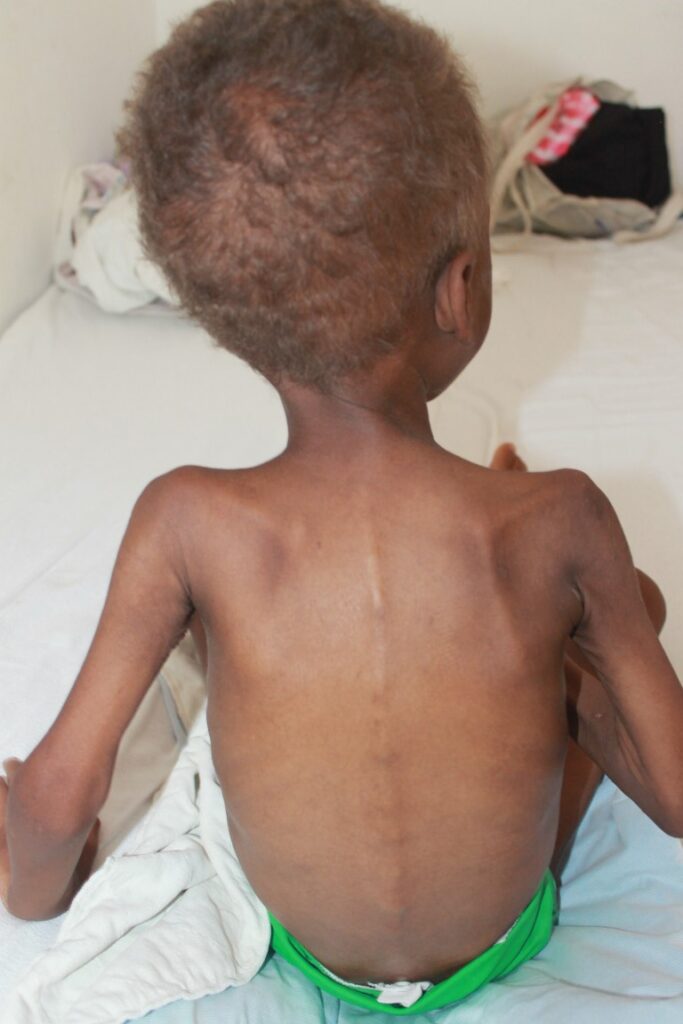
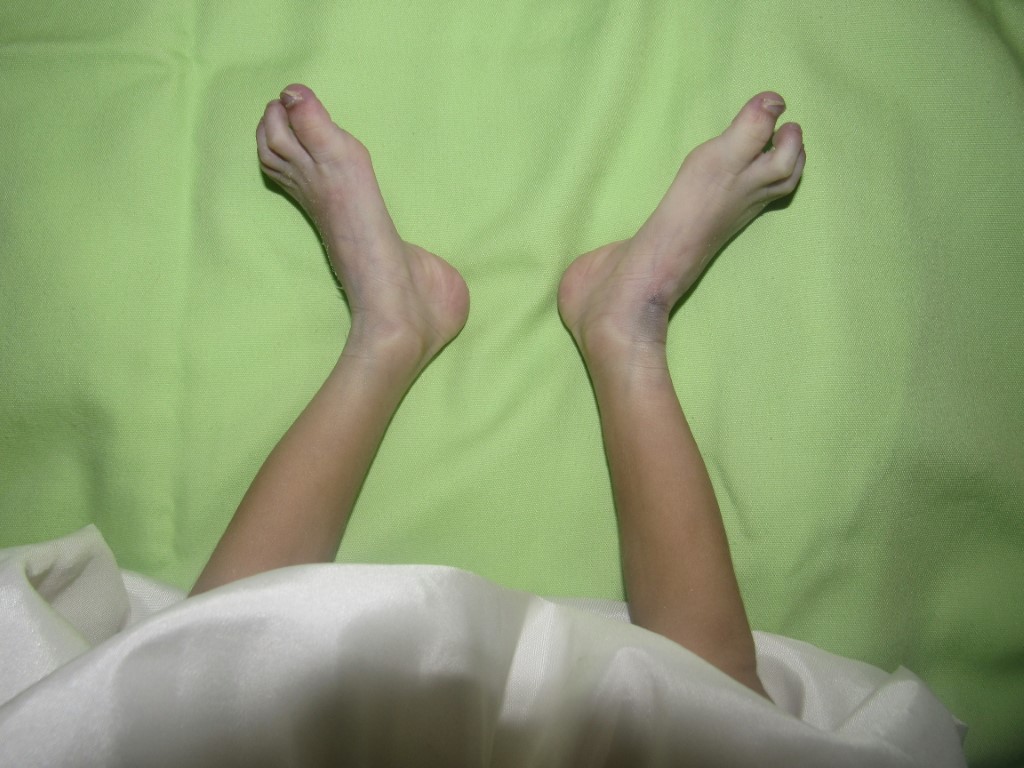
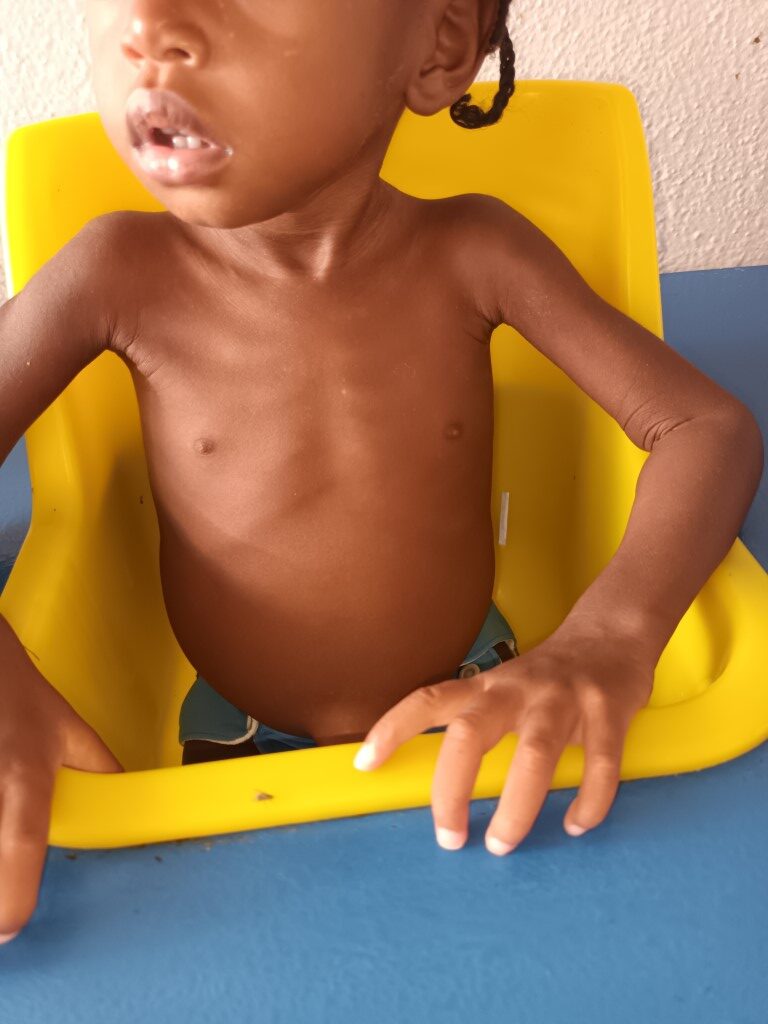
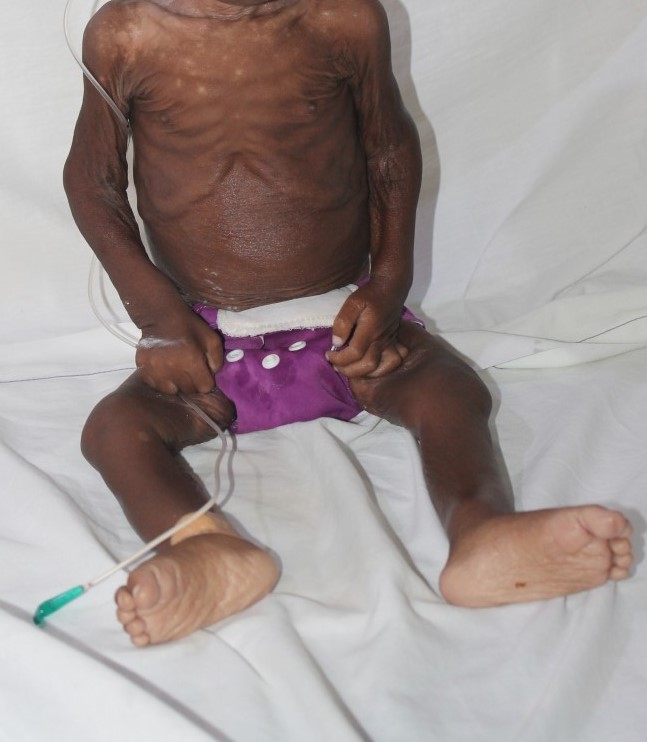
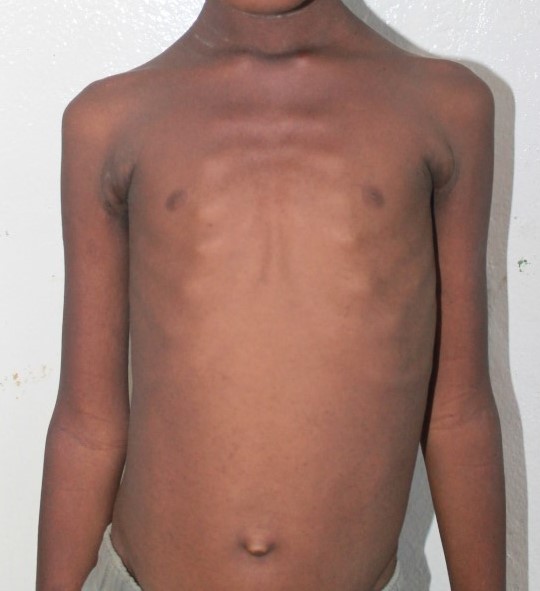
The pictures above are children with Marasmus. Marasmus, also referred to as wasting syndrome, is a type of malnutrition that is characterized by a lack of edema. In children, the condition is typically indicated by low weight for height, depletion of body fat stores, and reduced mid-upper arm circumference. Aside from these common signs, the disease is also associated with dry, thin skin, a head that seems disproportionately large compared to the body, an emaciated and weak appearance, and redundant skin folds in the arms, thighs, and buttocks.
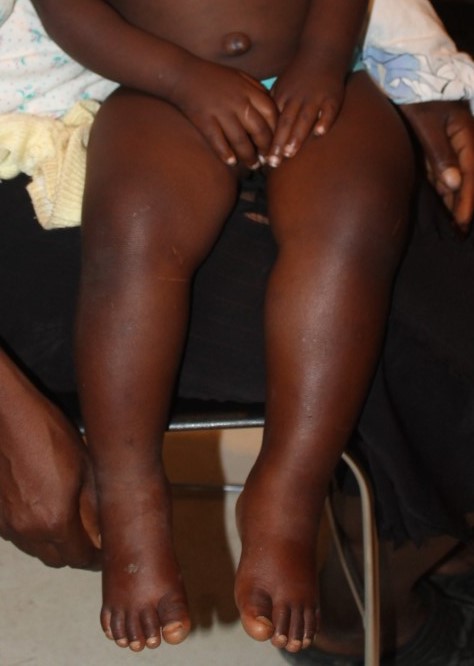
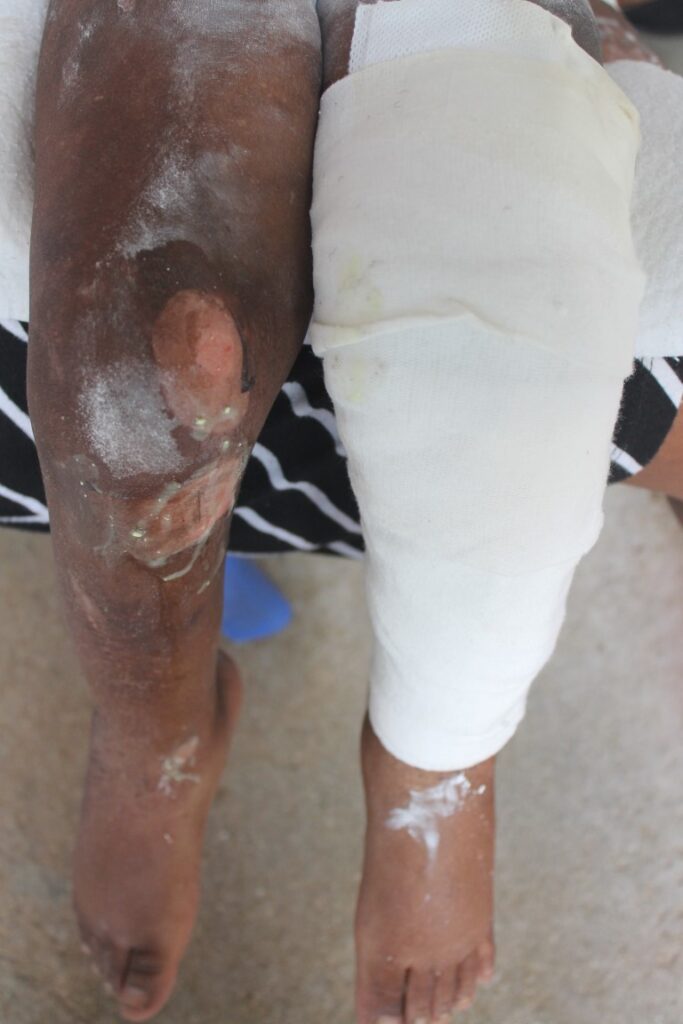
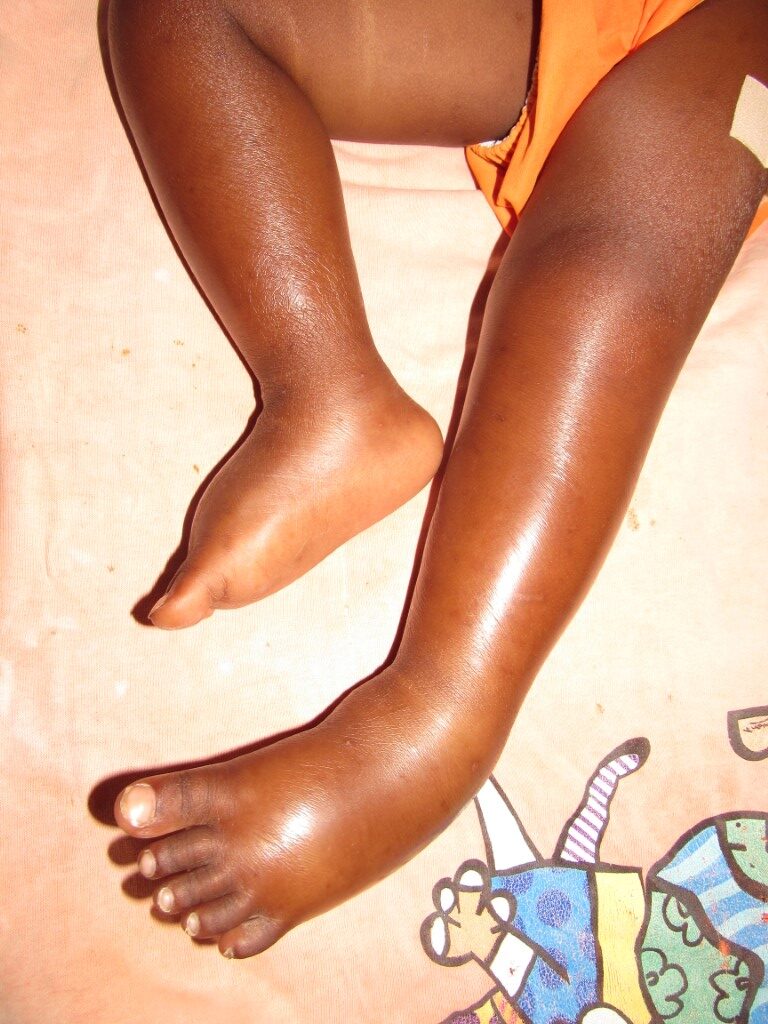
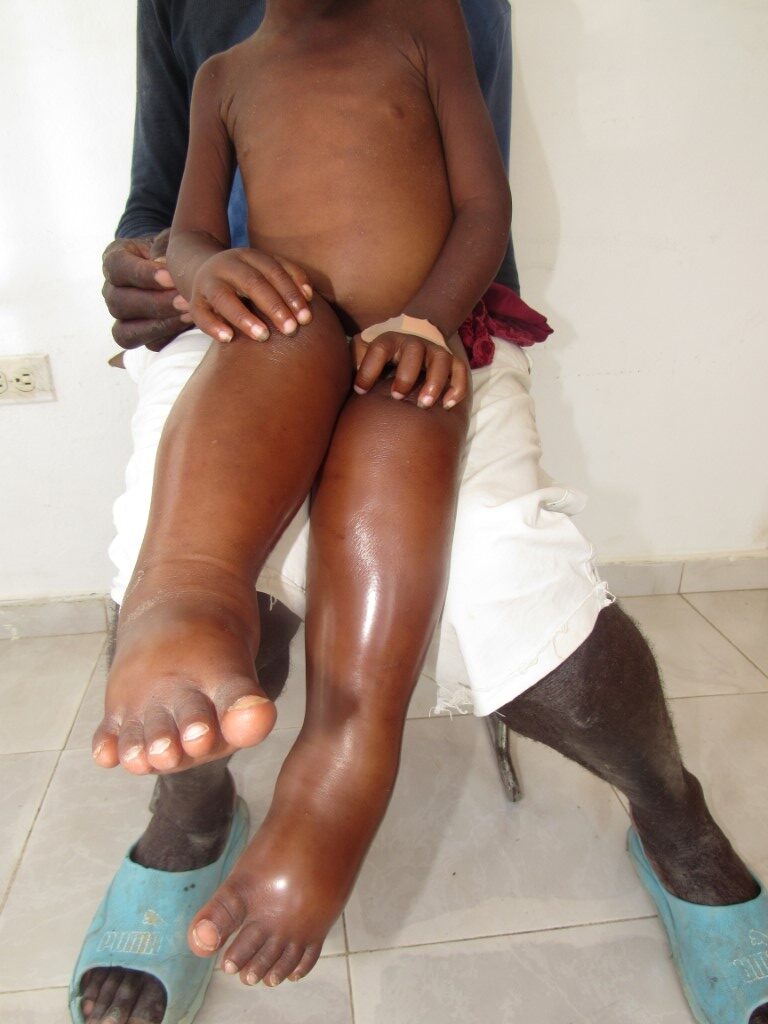
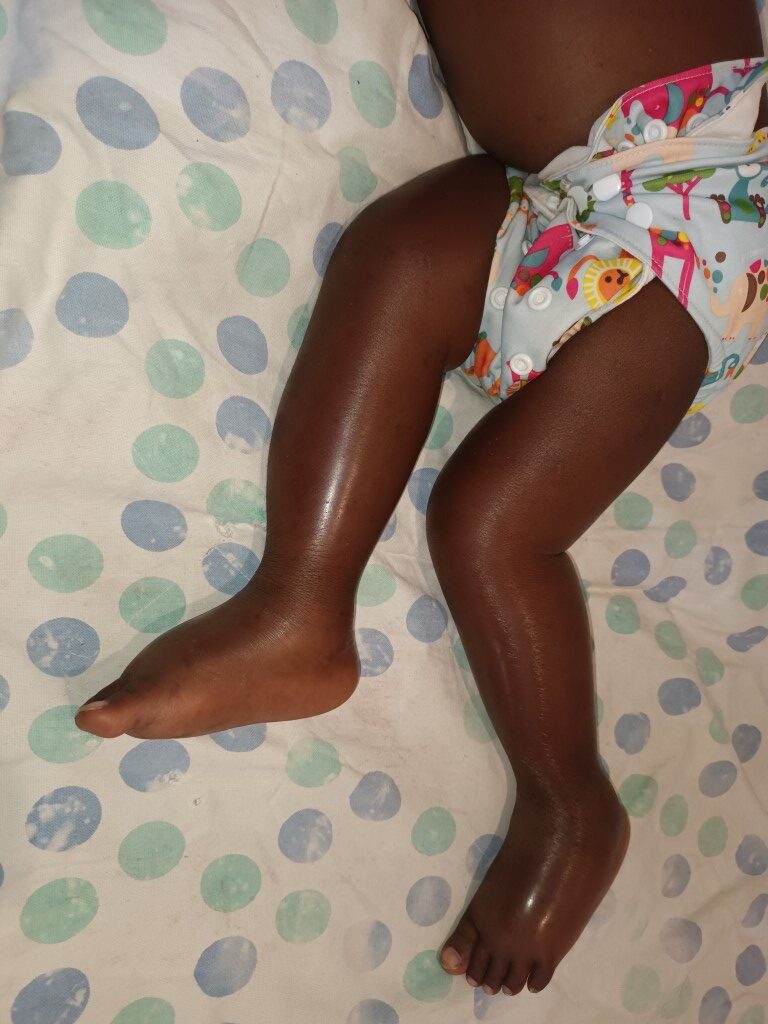
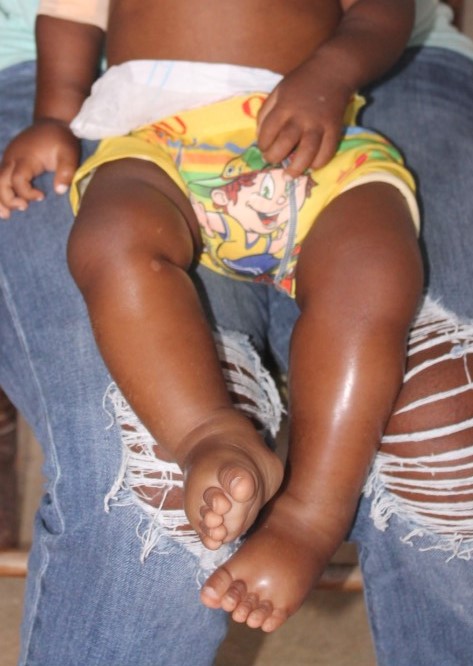
These picture above are children with kwashiorkor. Kwashiorkor is a condition marked by severe protein deficiency, which can lead to fluid retention and a distended, swollen abdomen. This type of malnutrition is most prevalent among young children, especially in underdeveloped countries with limited resources and high levels of poverty. While individuals suffering from kwashiorkor may have access to food, it may not contain sufficient protein to sustain a healthy diet. It is mostly seen during times of famine, with rural and farming communities bearing the brunt of the impact.

